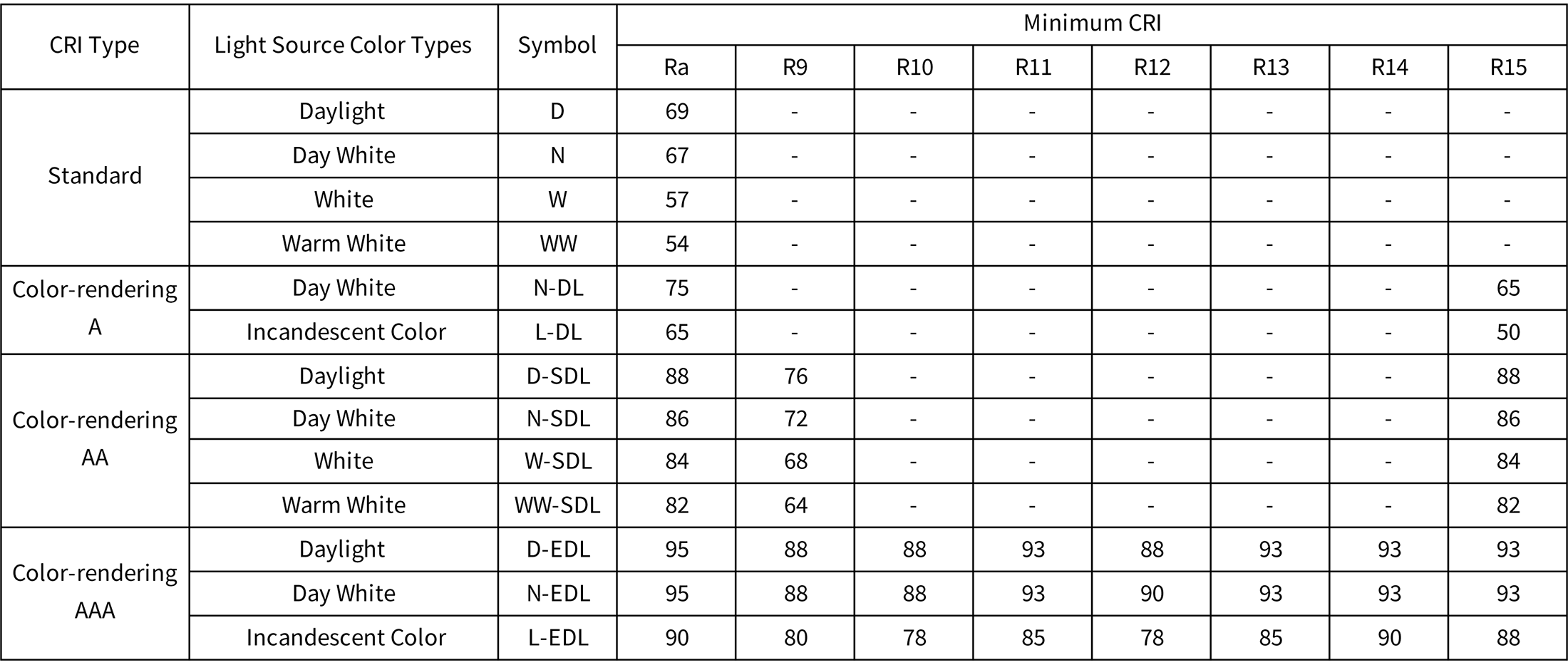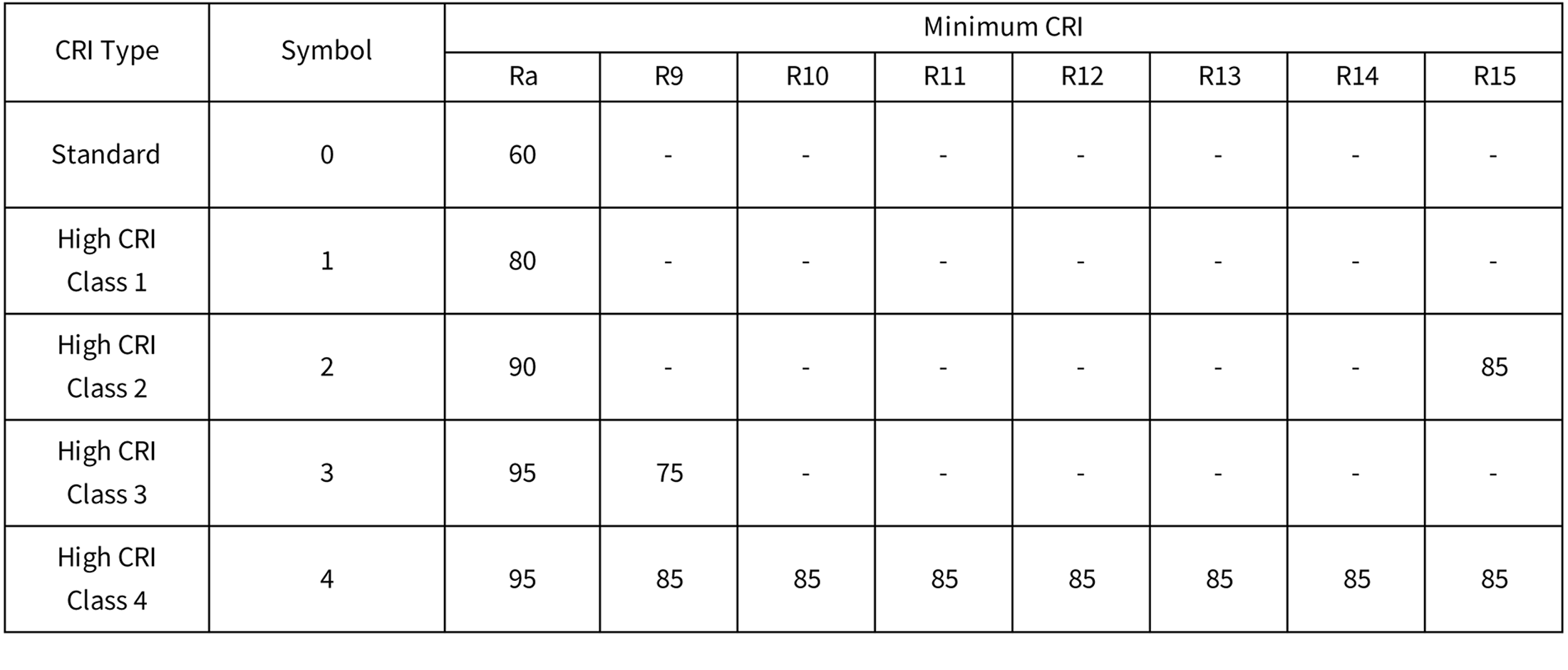 History of Light Sources - Color Rendering Index (CRI)
History of Light Sources - Color Rendering Index (CRI)
7 February 2024
CRI Required for Specialty Lighting
The first post was about general lighting. In this post, Nichia will discuss specialty lighting which requires a higher CRI.
Applications requiring high color rendering include lighting for printing, painting, dyeing, photography, color inspection, cosmetic mirror lighting, galleries, museums, clothing, decorations, hospitals, and schools. Depending on the application, various types of high CRI lamps are used.
Incandescent bulbs and halogen lamps have an Ra of 100, but their color temperature is as low as 2700K, limiting their use in applications. For applications requiring high color temperature and high CRI, high color rendering fluorescent lamps have been used. These fluorescent lamps are made by adjusting the spectrum through the combination of various phosphors with broad spectrums, called color-rendering AA and color-rendering AAA.
Figure 1. Minimum CRI for Broadband Luminescent Fluorescent Lamps

Professional lighting applications which require the most faithful color reproduction include lighting for printing, painting, dyeing, color inspection, art galleries, museums, etc. They require an ultra-high CRI of nearly Ra 100 and fluorescent lamps with a color rendering index of AAA were used. In addition, fluorescent lamps called color-rendering AA were used for applications such as general lighting in department stores and clothing stores, which require relatively high color rendering.
From October 30 to November 3 last year (2023), the 5th Conference of the Parties to the Minamata Convention, which internationally regulates the use, import, and export of mercury, was held in Geneva, Switzerland, and agreed to ban the manufacture and import/export of linear tube fluorescent lamps by the end of 2027. In response to this decision, a further shift to LEDs from fluorescent lamps in the coming years is expected. Meanwhile, the rapid adoption of LEDs over the past decade has led to the progressive creation of specifications for LED lighting fixtures in specialty lighting applications where high CRI is required. For example, JIS Z 9112:2019 classifies the minimum CRI as shown in the Figure 2. The CRI required for each class are specified as follows: standard type is mainly for outdoor use; Class 1 is for offices and residences; Class 2 is for stores, inspection, and medical use, as well as in offices and residences especially in situations where communication is important; Class 3 is for museums and art galleries; Class 4 is for color inspection, painting, dyeing, and printing. As introduced, CRI values required for each class are specified and ideal applications are described.
Figure 2. Minimum CRI Values for LEDs

Nichia has LED portfolios with various CRI for a variety of applications. For example, Optisolis™ for Class 4, R95 for Class 3, H6 Series for Class 2 (introduced in the first blog post), R8000 and H5 Series for Class 1, and R70 for standard types. Of these, Optisolis™ is perhaps the most notable. As a result of Nichia’s pursuit of the ultimate high CRI LED, Nichia was the first to achieve an Ra of 99 in a single LED package. Optisolis™ is not only used in Class 4 applications such as printing and color inspection, but also in many museums and art galleries as LEDs with light that is almost identical to natural light.
Thus, Nichia has combined the phosphor technology which Nichia has cultivated over more than half a century since the days of fluorescent lamps with blue and white LED technology to develop and manufacture a variety of LEDs that emphasize CRI to provide the best light for each application in accordance with the intended use.
As a leading LED manufacturer, Nichia will continue to strive to develop LED products that focus on the quality of light.
For more information about the products, refer to Nichia's website.
Optisolis™
